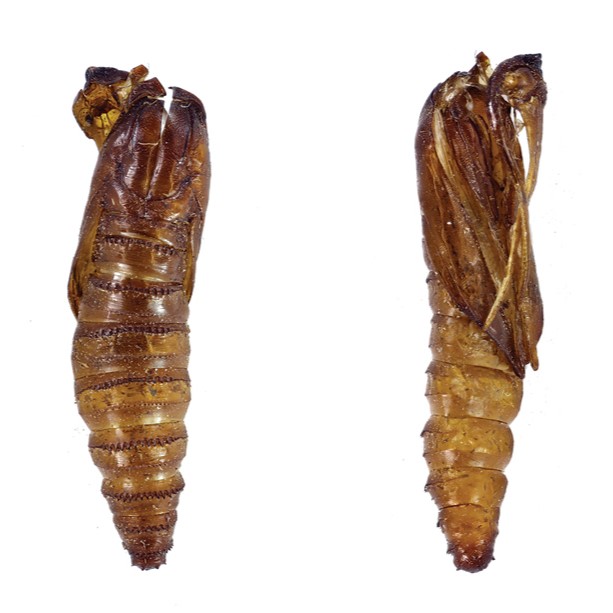Your own living room is probably the last place you’d expect to find a brand-new species of bug, but that’s exactly what happened to one ecologist from Wales, UK – except what she found turned out to be a long, long way from home.
The new species is a clearwing moth, named Carmenta brachyclados, and was spotted in February 2024 by the ecologist, Daisy Cadet, flying at a window (with another dead specimen nearby) in the home she shares with her mom.
Cadet posted a picture of the insect to Instagram, where a chain of events involving an amateur lepidopterist and a butterfly and moth conservation charity landed the picture in front of Mark Sterling and Dr David Lees, moth experts with the Natural History Museum (NHM).
What followed was some serious sleuthing.
It was clear that the insect wasn’t from the UK – while some species of clearwing moth can be found there, they emerge in the summer months. If you know anything about UK weather, you’ll know February is quite the opposite of balmy.
With that in mind, Sterling and Lees suspected the moths may have been brought into the country as pupae hiding on a potted plant. However, when Cadet searched through all 85 potted plants in her house, there were no pupal casings to be found.
That’s where DNA sequencing came in, revealing that while the moth wasn’t a match for any described species, it “was closest to a group of seed-feeding clearwing moths that occur in Central America and the northern part of South America,” said Lees in a statement.
It was at this point that things started clicking into place: Cadet’s mom, Ashleigh, is a professional photographer and had been on a work trip to Guyana, 7,000 kilometers (4,350 miles) away from their home in Wales.
“Whilst in Guyana, local people told my mother that if she left an offering of tobacco to the jungle spirits, she would be shown something beautiful from the jungle,” said Cadet. “So that is what she did.”
When Cadet checked out her mom’s boot bag, which had been in the same room as where the moths were found, there were two almost intact pupal casings and some fragments of a plant that turned out to be from Central and South America.

The pupal casings found by Cadet.
And so, after comparing the specimen to those in the NHM’s collections and despite never having been recorded in the country it came from, Carmenta brachyclados was named as a new species native to Guyana.
Whether or not that was down to the jungle spirits being super pleased with Ashleigh’s offering depends on what you believe in – “It must have been very good tobacco”, the authors write.
But what is clear, as they also explain is that “the finding of this accidentally introduced species is an excellent example of how a piece of community science, assisted by social media, can lead to the capture and preservation of such data and increase our knowledge of the world’s biodiversity.”
The study is published in Nota Lepidopterologica.
Source Link: New Species Of Tropical Moth Found 7,000 Kilometers From Where It Should Be